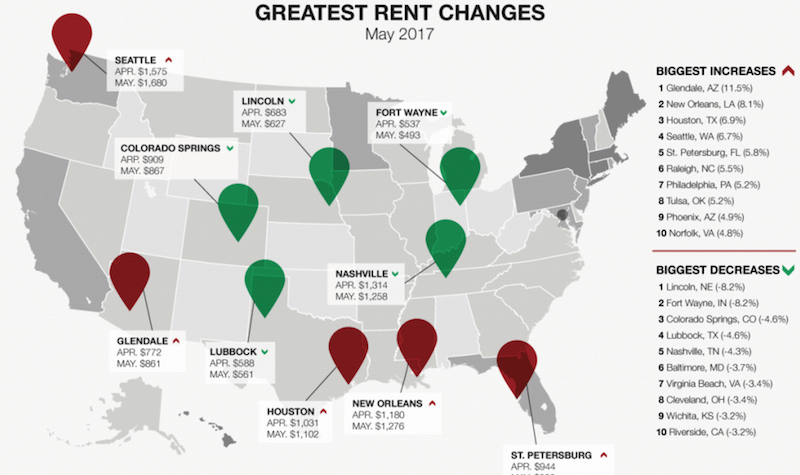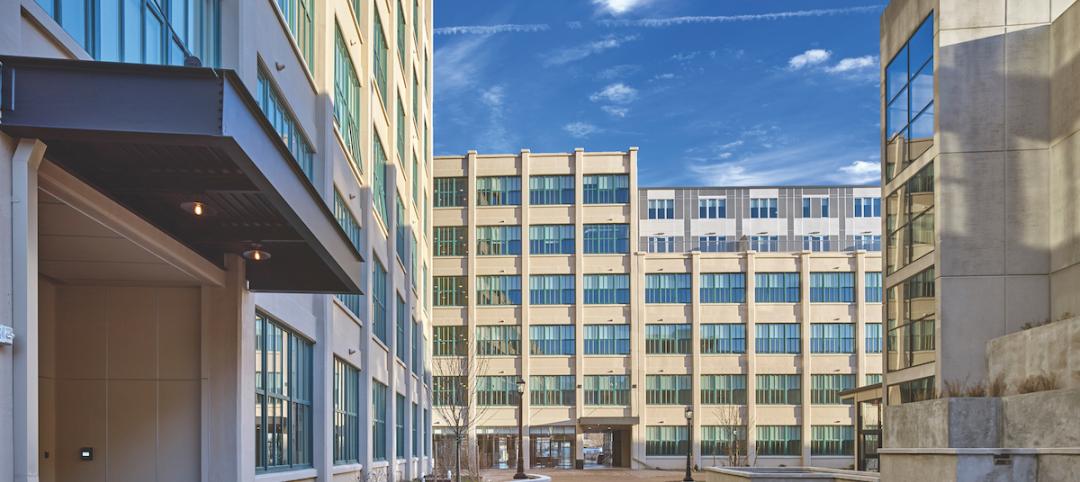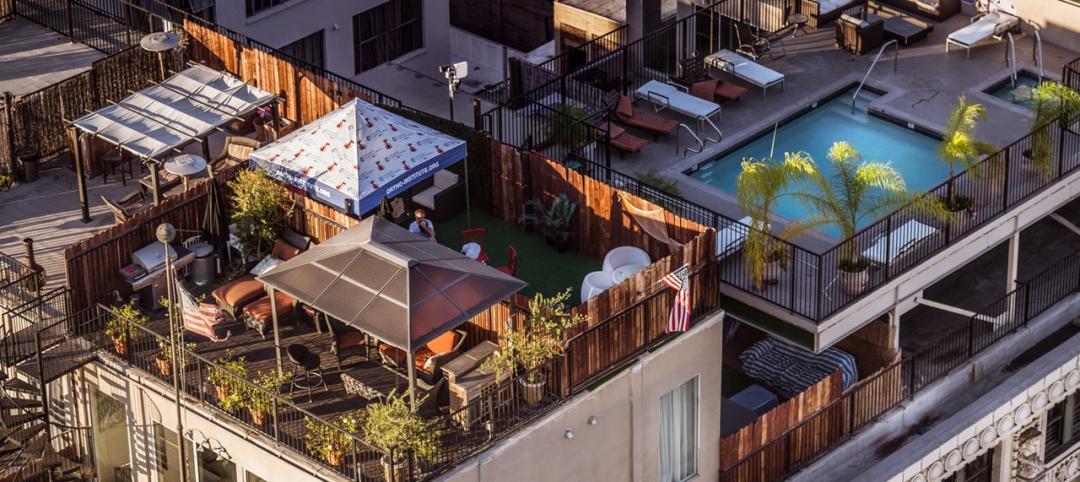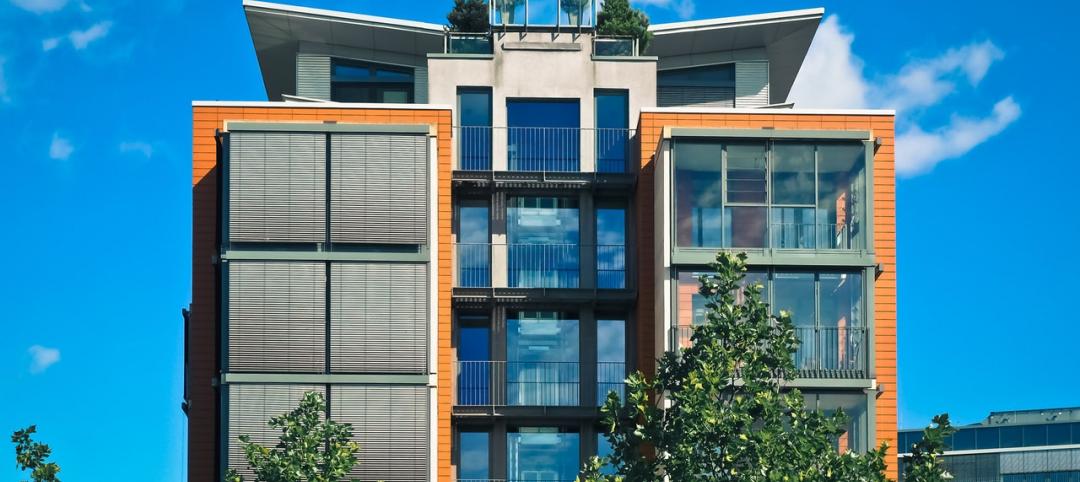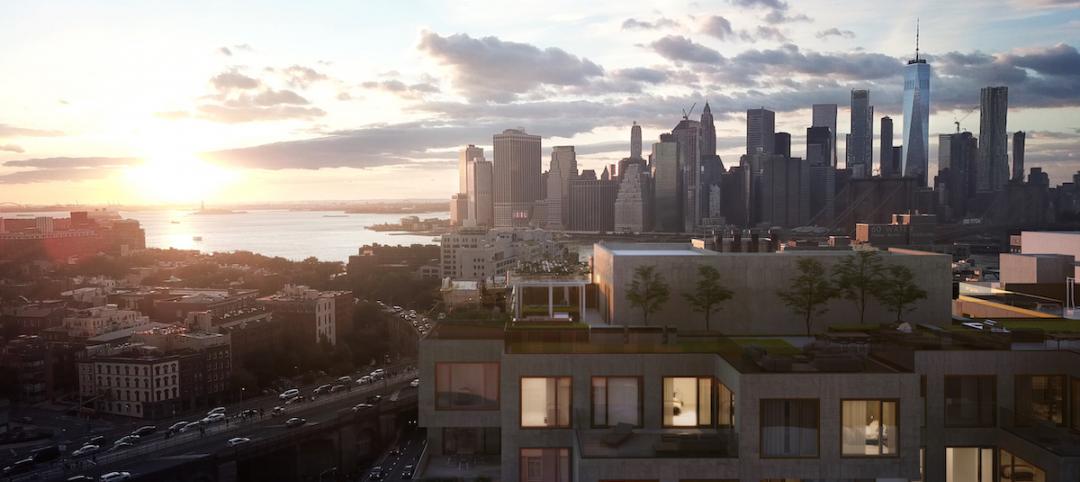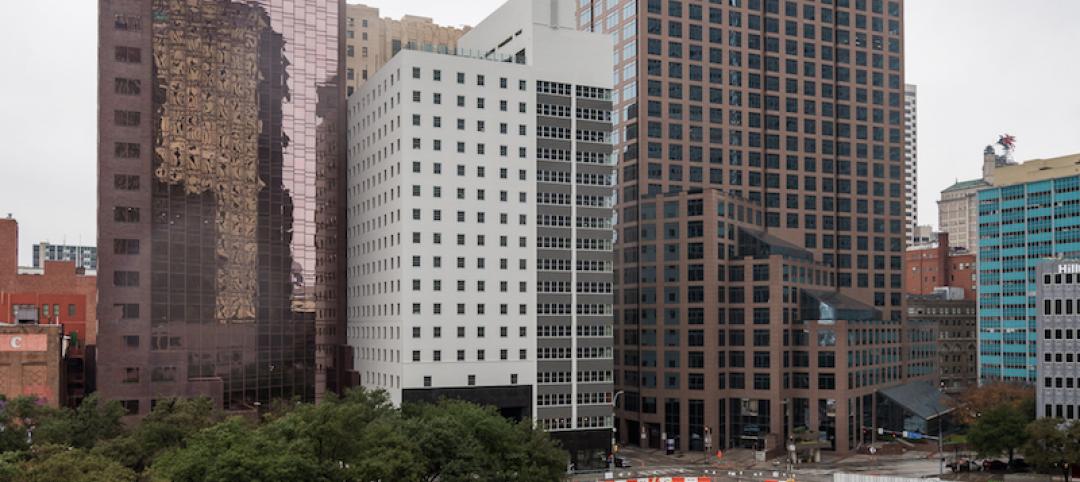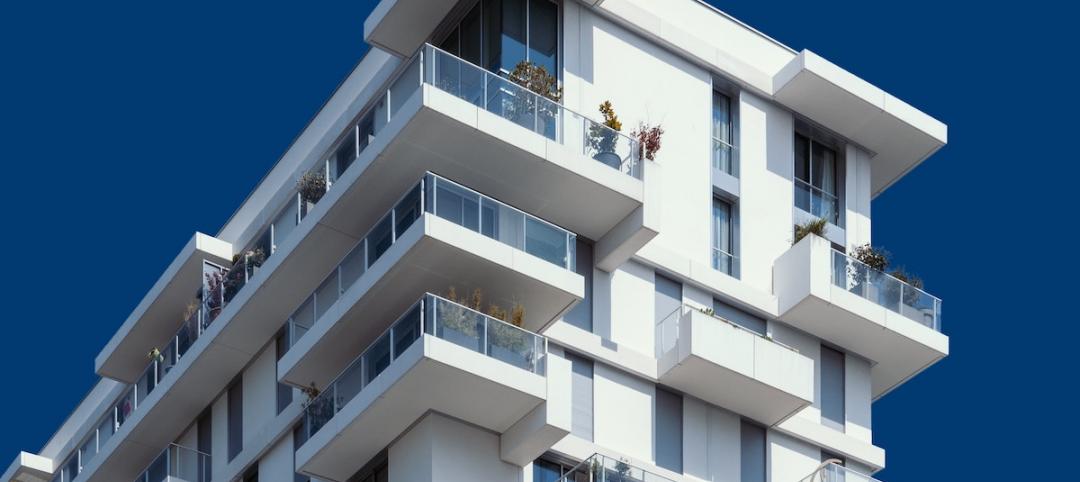Nationally, rent prices increased slightly in April, with the median one-bedroom rent rising to $1,012 per month. That’s the highest it’s been since January’s figure of $1,016, and represents an overall decline since the beginning of the year of .39%.
When it came to the steepest rent drops, two familiar faces led the way: Lincoln, Neb., and Fort Wayne, Ind. Each city’s rent dropped 8.2%, to continue a months-long slide. Lincoln’s median rent of $627 represents a 21% decrease from its January rent of $801, and Fort Wayne’s $493 is a 26.4% decline from its year-opening rent of $671 per month.
Those declines might seem steep. One explanation: In order to better approximate what an apartment-seeker would experience when looking for a place to rent, ABODO collects data only on active listings currently on the market, which can vary widely month-to-month, depending on supply.
The rest of the biggest decreases were more minor, between 3% and 5%. A number of cities — Lubbock, Texas (-4.6%); Nashville, Tenn. (-4.3%); Cleveland, Ohio (-3.4%); and Riverside, Calif. (-3.2%) — reprised their places on the list of greatest decreases for the second month in a row. In fact, this marks the third straight month that Nashville, Cleveland, and Riverside appeared on the list of greatest rental falls.
The nation’s largest rental hike came in Glendale, AZ, where one-bedroom median rents rose 11.5% to $861. That marks the continuation of a months-long trend: Glendale rents have increased every month since January, and currently they’re 26% higher than they were at the beginning of the year. New Orleans (8.1%), Seattle (6.7%), and Phoenix (4.9%) also reprise their places on the list of biggest rent increases.
The list of cities with the nation’s highest rents in April is largely unchanged from our last report. San Francisco’s $3,415 price tag still leads the way, followed by New York City, N.Y. ($2,705), San Jose, Calif. ($2,459); and Boston, Mass. ($2,398). The only newcomer is Seattle, whose 6.7% rental jump to $1,680 puts it at the tenth-highest in the country.
For the full report and to view associated infographics and charts, click here.
Related Stories
Multifamily Housing | Apr 27, 2019
5 noteworthy multifamily developments
Special-needs housing in West Hollywood, Calif., and a warehouse-turned-apartments in the Twin Cities are among the notable multifamily projects to open recently.
| Apr 26, 2019
Organized Living Offers ‘Century Gray’ Product Finish for Multifamily Storage Systems
Organized Living releases new color option for apartment and condominium storage systems.
Multifamily Housing | Apr 23, 2019
Recharging Edison’s batteries
America’s greatest inventor would have appreciated this project team’s ingenuity and persistence.
Multifamily Housing | Apr 17, 2019
Multifamily real estate trends for 2019 and beyond
Boomers are on the move and Millennials are seeing upward mobility, but issues with affordability and housing product mix persist.
Multifamily Housing | Apr 16, 2019
Multifamily rentals are still alive and kickin’
Apartments are being built, and in goodly number. But not enough of it is affordable.
Multifamily Housing | Apr 12, 2019
NYC officials partner with nonprofit to build modular affordable housing
Thorobird and BACDYS partner with Brooklyn’s FullStack Modular on project.
Multifamily Housing | Apr 11, 2019
St. Augustine Terrace brings affordable housing to the Bronx
Magnusson Architecture + Planning designed the building.
Multifamily Housing | Apr 8, 2019
Priced to sell: DUMBO condo development offers starter units in luxury setting
Designed by ODA New York, 98 Front Street will be loaded with amenities like a salt water pool, co-working spaces, and indoor and outdoor fitness centers.
Reconstruction & Renovation | Apr 5, 2019
Historic Corrigan Tower in Dallas becomes 1900 Pacific Residences
The 18-story Corrigan Tower in the Dallas’s historic downtown district is now a thriving 150-unit apartment residence community.
Multifamily Housing | Apr 3, 2019
Multifamily rent growth hits two-year high in February, rising 3.6%
A survey of 127 major U.S. real estate markets by Yardi Matrix shows no signs of slowing for multifamily rental demand.


